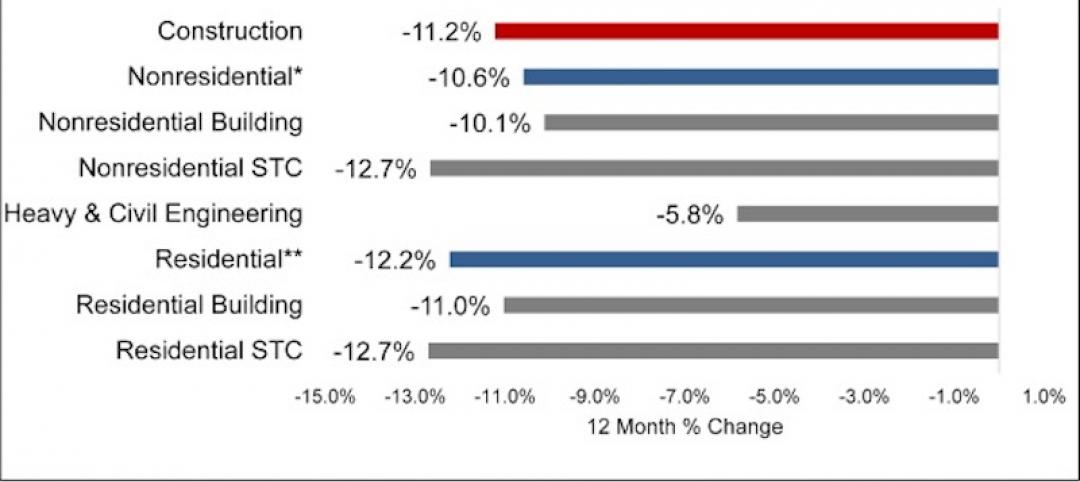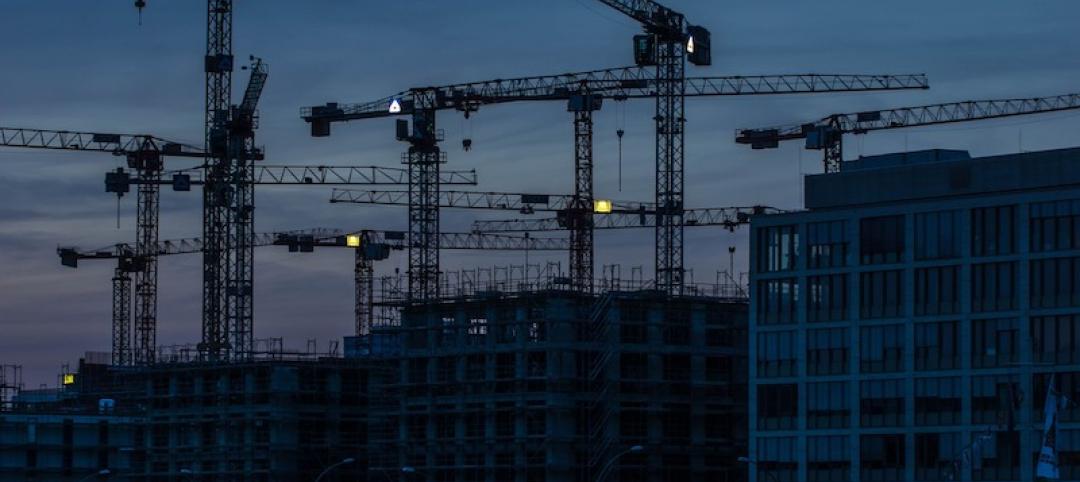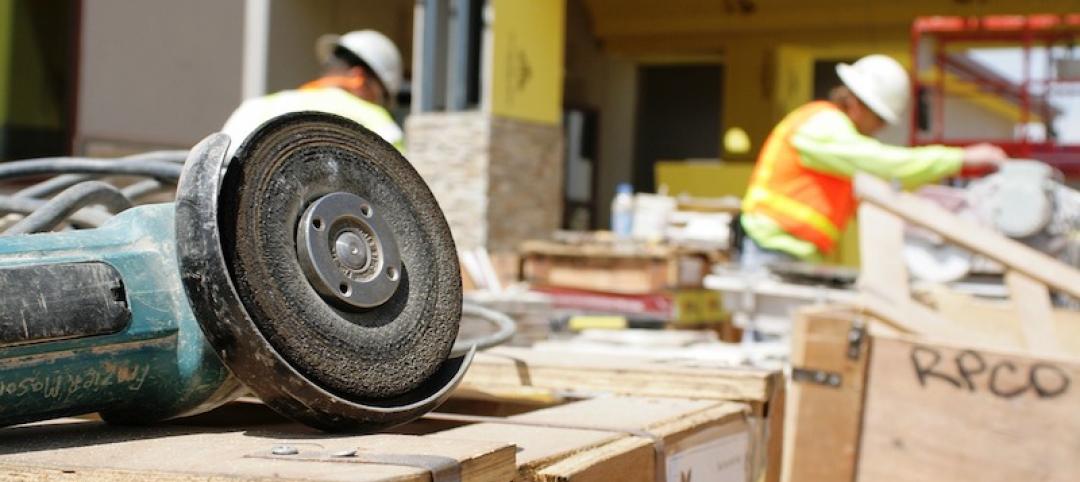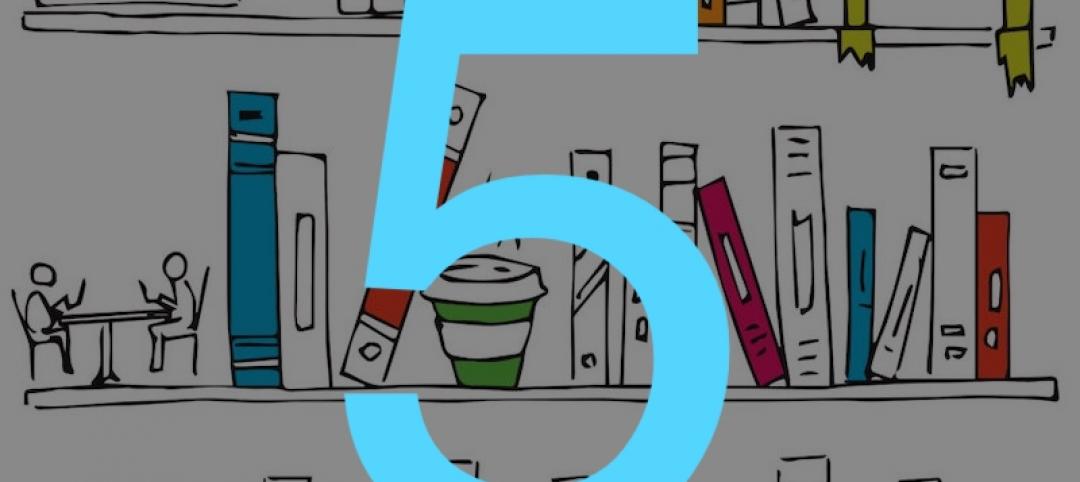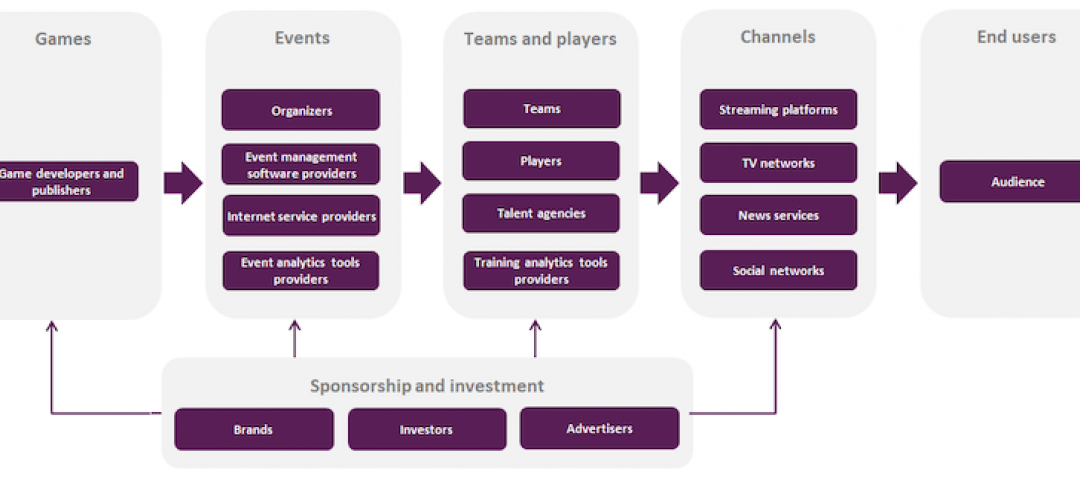The U.S. Green Building Council (USGBC) has released two new Safety First pilot credits as part of the LEED for Cities and Communities rating system. The new credits are designed to help local governments and development authorities better prepare for and respond to future pandemic events. The guidance includes strategies for planning, risk assessment and training, as well as evaluating equity implications and impacts to vulnerable communities. Between the increasing risks associated with climate change and the current public health crisis, the new LEED credits provide additional ways to integrate public health and social equity into sustainability and resilience efforts.
The Safety First pilot credits are part of USGBC’s economic recovery strategy introduced in May that centers around a reimagined vision that healthy people in healthy places equals a healthy economy. The new LEED credits, called Safety First: Pandemic Planning and Safety First: Social Equity in Pandemic Planning, are available to LEED for Cities and Communities projects.
“The key to a better future lies in our ability to create places that support human and environmental health,” said Mahesh Ramanujam, president and CEO of USGBC. “LEED-certified cities and communities are already moving in that direction and they understand that effective planning is critical to tracking performance and making improvements. The current pandemic is revealing new lessons every day and LEED’s Safety First pilot credits provide a roadmap for taking action and bringing a more integrated and inclusive approach to rebuilding a healthier economy.”
The Safety First: Pandemic Planning credit is intended to help cities and communities prepare for, control and mitigate the spread of disease during a pandemic that poses a high risk to people. The plan must include a task force representing diverse backgrounds that is responsible for evaluating possible impacts and advising decision makers on short- and long-term challenges. It must also identify risks and vulnerabilities to health by outlining historical, geographical, epidemiological and other factors, and assess preparedness. The plan evaluates healthcare system readiness, domestic response, incident management and other existing policies and procedures. Education and training for community partners and other stakeholders must also be included.
The Safety First: Social Equity in Pandemic Planning credit systematically considers equity implications across all phases of the pandemic preparedness, planning and response process. The local government or development authority must have a local equity officer in place and responsible for building equity into the structure of the emergency command and response system. The plan must also convene a Pandemic Community Advisory Group to gather input on an on-going basis and the group must reflect the demographic and socio-economic diversity of the city or community. Public communications, outreach and educational campaigns must also be included in order to share relevant information about the pandemic, public health and health care facilities available. Project teams are also encouraged to demonstrate how policy, procedures, infrastructure and facilities impact low income, vulnerable or at-risk groups.
In the U.S., the coronavirus is expected to reduce GDP by nearly $8 trillion through 2030 putting tremendous strain on local economies, businesses and people. Those losses will be even more acute when coupled with mounting costs associated with climate events. Last year, just 14 weather and climate disasters cost the U.S. more than $45 billion. LEED has long supported resilience planning and the new Safety First pilot credits expand those efforts to ensure local governments and development authorities are also planning for and considering public health threats and social equity challenges. As projects pursue the new credits, USGBC will collect feedback and refine the guidance.
These and other new LEED credits will be discussed during USGBC’s Healthy Economy Forum August 4-5. The forum will address a wide range of building sectors and examine how green building plays a role in ensuring people feel safe and healthy returning to buildings and spaces. The presentations and discussions will identify changes that may be needed in the short term and those that may be permanent while helping to rebuild the economy and replace unprecedented job losses. Registration for the virtual forum is currently open.
For more than 20 years, USGBC has defined global best practices for designing, constructing and operating sustainable, resilient and healthy buildings, cities and communities through LEED. LEED, or Leadership in Energy and Environmental Design, is the world’s most widely used green building rating system and promotes strategies that reduce environmental harm, enhance human health and support economic development. Third party verification systems like LEED encourage transparency and confirm that a project has met the highest sustainability standards. Nearly 200 cities and communities, and over 103,000 buildings and spaces are currently participating across nearly 180 countries and territories.
Related Stories
Market Data | May 19, 2020
5 must reads for the AEC industry today: May 19, 2020
Clemson's new mass timber building and empty hotels as an answer for the affordable housing shortage.
Market Data | May 18, 2020
5 must reads for the AEC industry today: May 18, 2020
California's grid can support all-electric buildings and you'll miss your office when it's gone.
Market Data | May 15, 2020
6 must reads for the AEC industry today: May 15, 2020
Nonresidential construction employment sees record loss and Twitter will keep all of its office space.
Market Data | May 15, 2020
Nonresidential construction employment sees record loss in April
The construction unemployment rate was 16.6% in April, up 11.9 percentage points from the same time last year.
Market Data | May 14, 2020
5 must reads for the AEC industry today: May 14, 2020
The good news about rent might not be so good and some hotel developers consider whether to abandon projects.
Market Data | May 13, 2020
House democrats' coronavirus measure provides some relief for contractors, but lacks other steps needed to help construction
Construction official says new highway funding, employee retention credits and pension relief will help, but lack of safe harbor measure, Eextension of unemployment bonus will undermine recovery.
Market Data | May 13, 2020
5 must reads for the AEC industry today: May 13, 2020
How to design resilient libraries in a post-covid world and vacation real-estate markets are 'toast.'
Market Data | May 12, 2020
ABC’s Construction Backlog Indicator falls in April; Contractor Confidence rebounds from historic lows
Nonresidential construction backlog is down 0.4 months compared to the March 2020 ABC survey and 1.7 months from April 2019.
Market Data | May 12, 2020
6 must reads for the AEC industry today: May 12, 2020
A 13-point plan to reduce coronavirus deaths in nursing homes and Bjarke Ingels discusses building on Mars.
Market Data | May 11, 2020
Interest in eSports is booming amid COVID-19
The industry has proved largely immune to the COVID-19 pandemic due to its prompt transition into online formats and sudden spike in interest from traditional sports organizations.






